Bodybuilding has an incredible history that stretches back many years. From its simple beginnings to becoming a popular sport, it has changed and evolved a lot.
Many important people have played a big role in this transformation. While many people think of Arnold Schwarzenegger when they hear bodybuilding, it’s important to remember other influential figures, like Francis Benfatto, who have also made a lasting impact.
All bodybuilding eras added something new and special. This helped to shape the sport into what we see today—an impressive blend of art and strength.
Eugen Sandow: The Father of Modern Bodybuilding
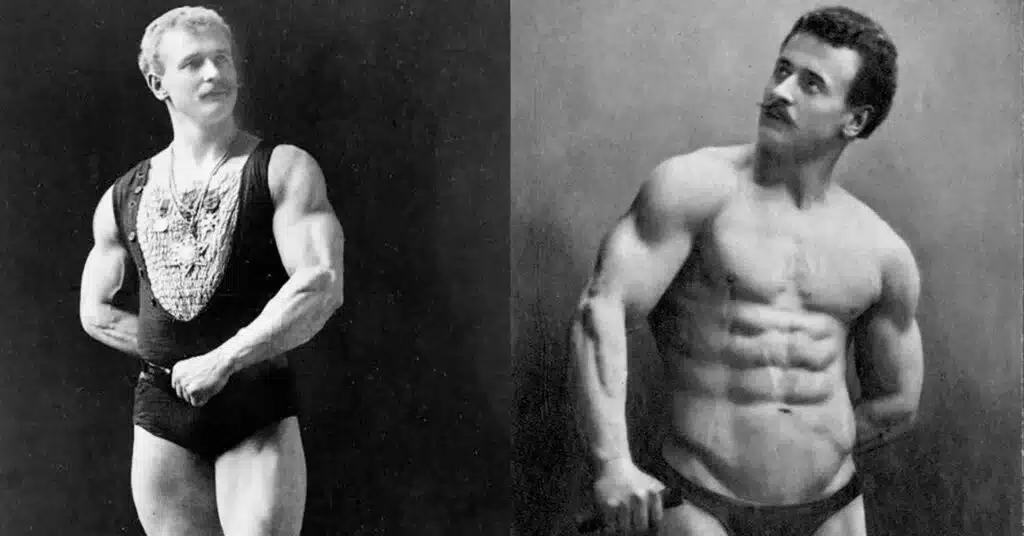
Long before Arnold Schwarzenegger became famous, there was Eugen Sandow, who is often called the father of modern bodybuilding.
In the late 19th century, Sandow made fitness and strength training popular. He performed in public and had many business ventures promoting fitness. Sandow wasn’t just strong; he also focused on muscle symmetry and balance, which was not common before his time.
He organized the first big bodybuilding contest in 1901, named “The Great Competition.” This event took place at London’s Royal Albert Hall. The competition was unique because it didn’t just focus on how strong participants were, but also on how their muscles looked.
This set the stage for future competitions that judged both strength and aesthetics. Sandow’s work laid the foundation for modern bodybuilding contests. His influence inspired future legends, including figures like Francis Benfatto.
Steve Reeves: Bridging Strength and Aesthetics
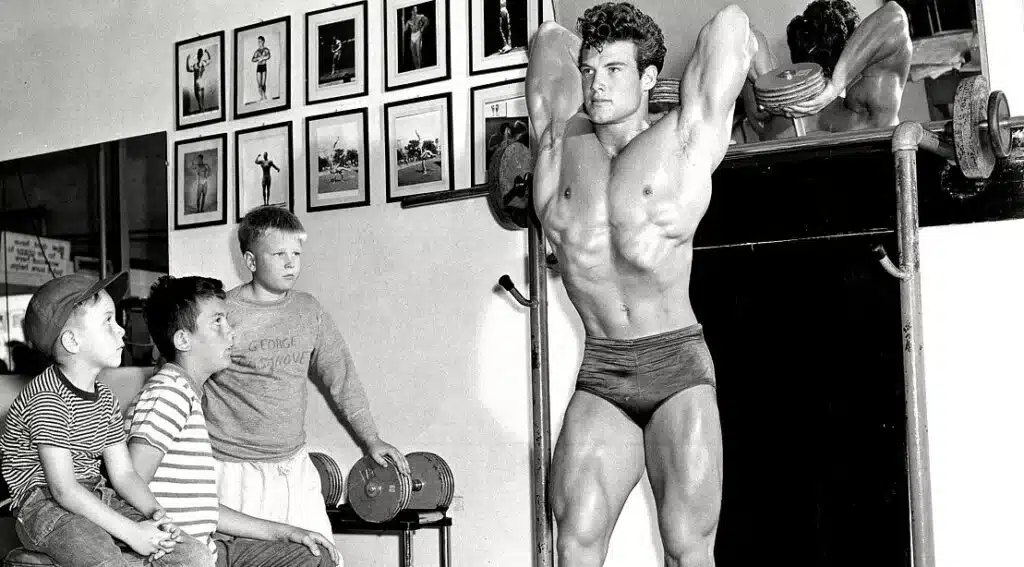
Steve Reeves, who won Mr. Universe in 1950, set a new standard for combining muscle size with aesthetic appeal. His impressive, Greek god-like physique caught the attention of Hollywood, landing him roles in movies such as “Hercules” and “The Thief of Baghdad.”
By showcasing a desirable mix of strength and beauty, Reeves helped make bodybuilding more popular with the general public. He served as a bridge between traditional strongman shows and the more structured, scientific approaches to bodybuilding that we see today.
Even after his competitive years, Reeves’ influence continued. Many aspiring bodybuilders sought to emulate his balanced physique, focusing on proportion rather than just sheer muscle mass.
Arnold Schwarzenegger: The Austrian Oak’s Reign
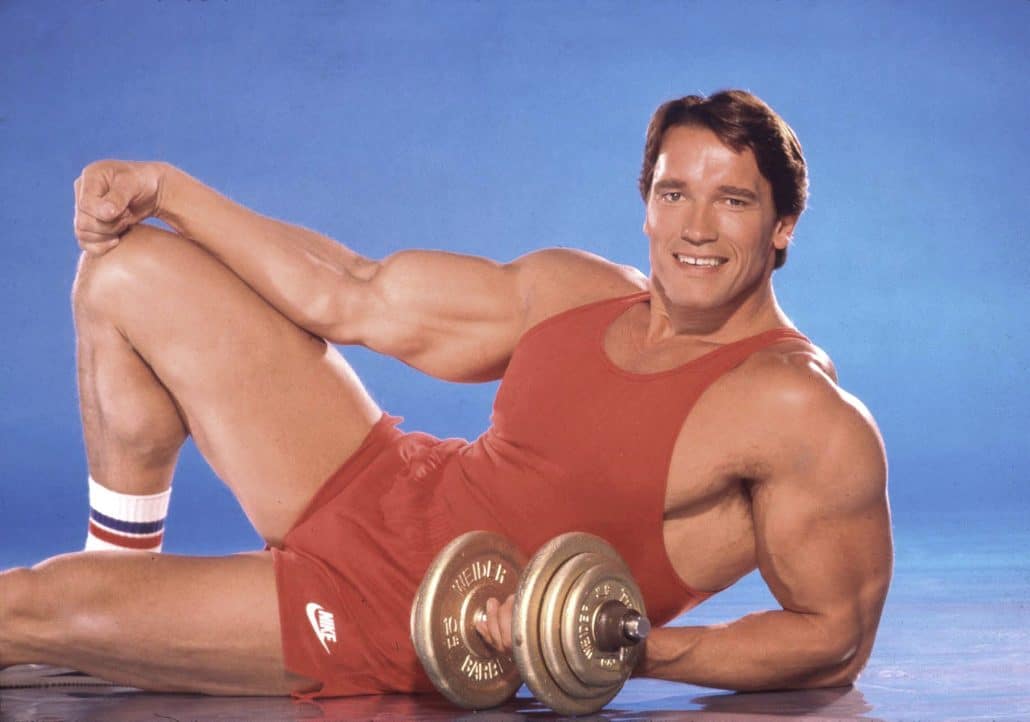
Arguably no name in bodybuilders archive is bigger than Arnold Schwarzenegger.
Winning the Mr. Olympia title seven times between 1970 and 1980, Arnold brought an unmatched charisma to the sport. Books like “The Education of a Bodybuilder” and the famous film “Pumping Iron” made him a household name.
Arnold’s training regimen was intense and highly effective, including exercises like bench presses, squats, and deadlifts. He not only revolutionized workout techniques but also emphasized the importance of mental focus.
He famously said, “The mind always fails first, not the body,” a philosophy that encouraged many to aim for a perfect blend of muscle mass and mental toughness.
Francis Benfatto: Precision over Mass
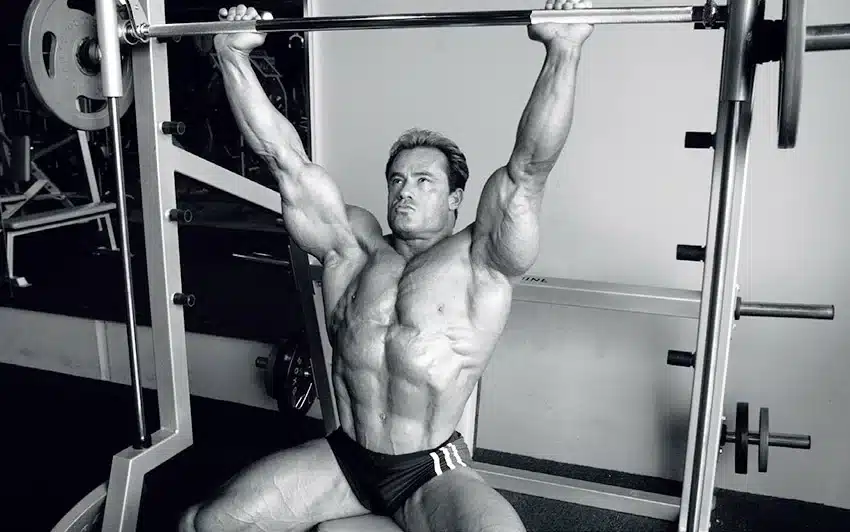
Competing mainly in the late ’80s and early ’90s, Francis Benfatto’s physique was like a work of art, known for its perfect balance and symmetry. He took the classic form that Frank Zane was famous for and added his own unique touch.
Benfatto showed that you don’t always have to go big to be successful. Instead, he focused on precise conditioning and well-rounded symmetry. His approach proved that you could win admiration and awards without just aiming for bulk.
Whenever people talk about achieving an aesthetically pleasing body, Benfatto’s name often comes up. He inspired many athletes to prioritize symmetry and detail over sheer size.
Joe Weider’s Influence: Standardizing Competitions
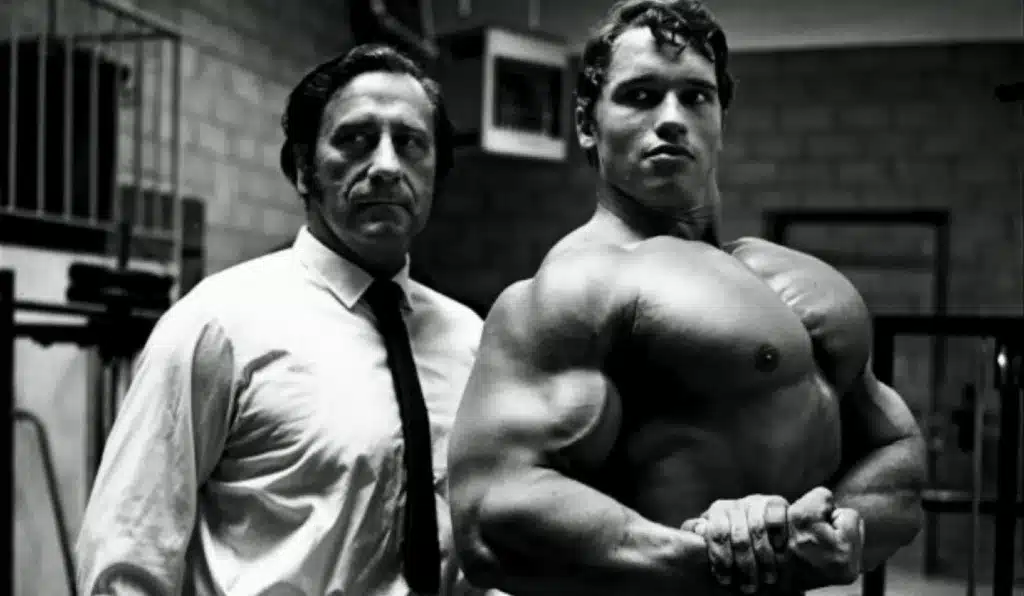
Joe Weider wasn’t a competitive bodybuilder, but his contributions to the world of bodybuilding are immense. Often called the “Master Blaster,” Weider co-founded the International Federation of Bodybuilding & Fitness (IFBB) with his brother, Ben Weider. He also played a key role in promoting early contests like Mr. Olympia, which is now seen as the top title in bodybuilding.
Weider’s impact went beyond just organizing events. He published magazines like Muscle & Fitness and Flex that educated many generations of bodybuilders. These magazines weren’t just about selling supplements or promoting good looks; they also included articles backed by scientific research, offering valuable, data-driven insights.
Through his efforts, Weider helped to standardize bodybuilding competitions and spread knowledge about the sport. His influence is still felt today, shaping how bodybuilding is practiced and understood.
